

![[Official] Takayama Jinya|Nationally Designated Historic Landmark |Takayama City, Gifu Prefecture](/wp/wp-content/themes/original_theme-fr/images/logo-hero.png)

The Kanamori Clan, the feudal leaders who ruled Hida Province, relocated to Kaminoyama in Dewa Domain (now part of Yamagata Prefecture and Akita Prefecture) at the order of the Edo Shogunate in 1692. In the same year, the Edo Shogunate put Hida under its direct control and established a government office there. The provincial governor (provincial magistrate from the 12th generation) dispatched by the Shogunate performed the official duties involved in ruling over Hida (e.g., the administration, policing and judicial functions). Takayama Jinya is the only such site of a provincial governor / magistrate’s office – which are said to have numbered 60 across Japan in the closing days of the Shogunate – where the main building still remains today.
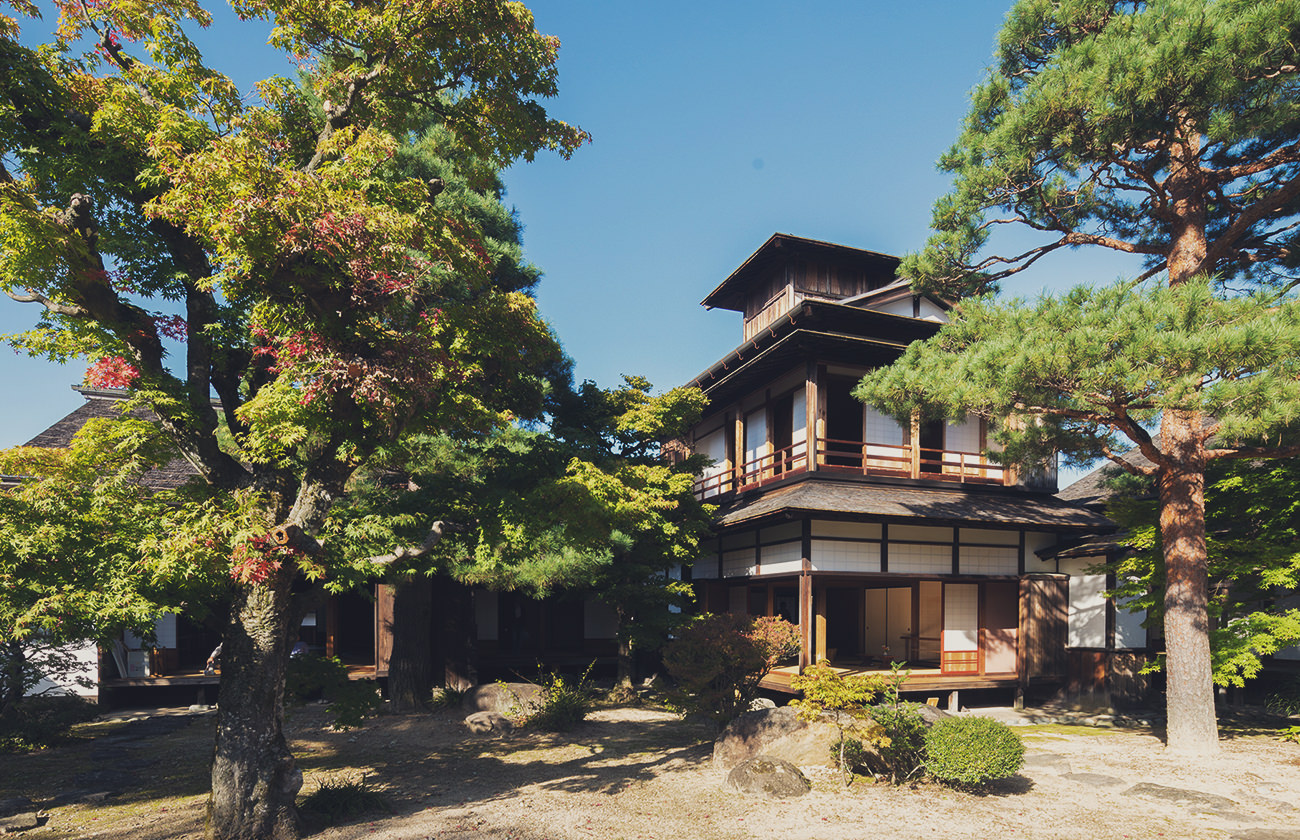
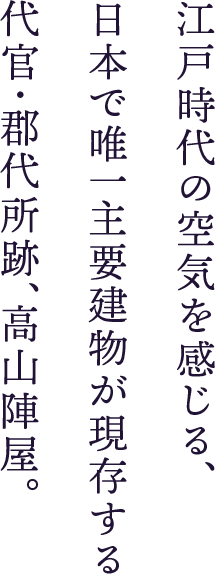

Takayama Jinya was a base for the rule of Hida at a time when this domain was under the direct control of the Shogunate. The Edo Shogunate dispatched 25 generations of provincial governor / magistrate to rule Hida Province for 176 years until 1868. The building was also used as a local administration office from the Meiji period (1868 to 1912) onward. It continued to protect this area for 277 years until the government office was relocated in 1969.
See details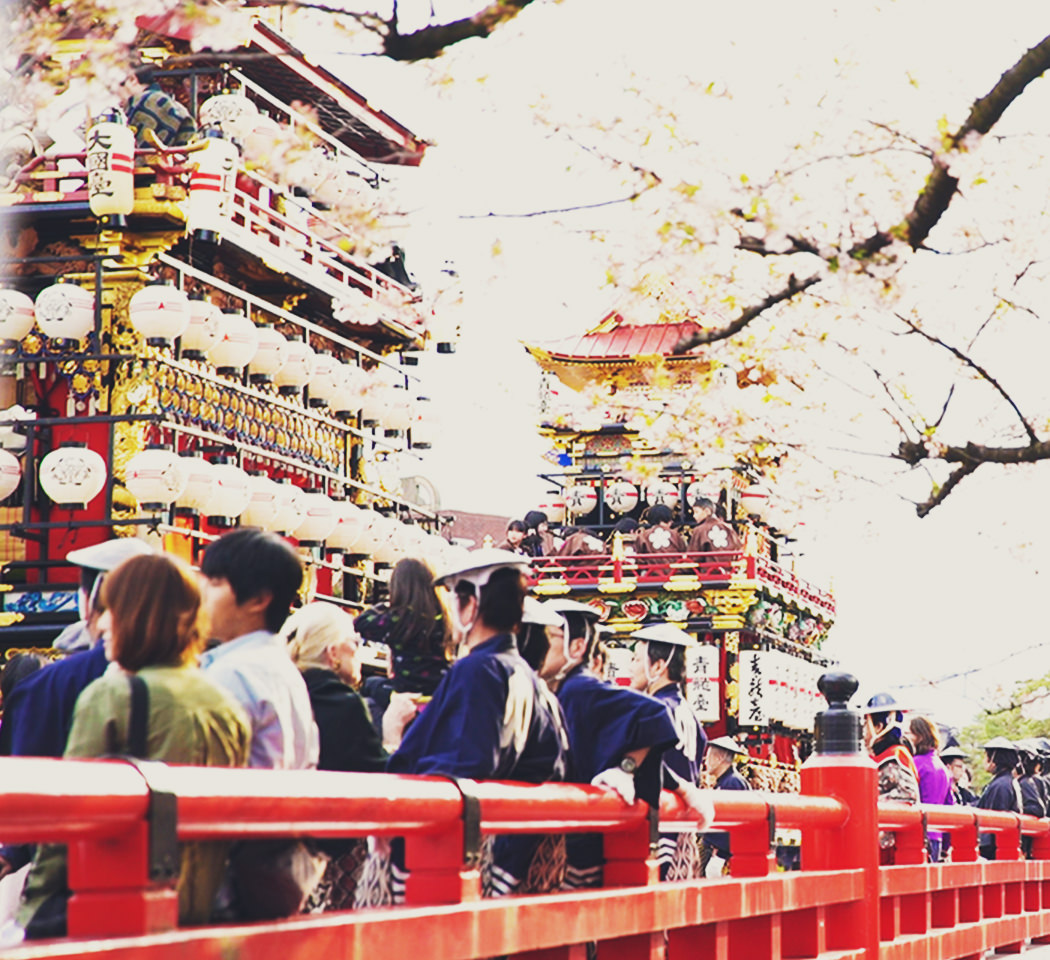
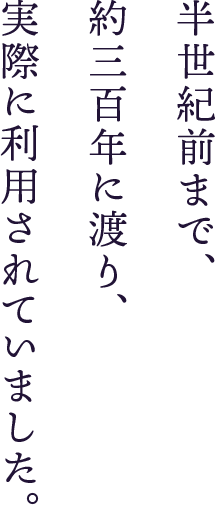
* Japanese Heritage Site: This is a site certified by the Agency for Cultural Affairs. It is a system that aims to increase the appeal of entire regions and revitalize them by linking cultural properties around Japan with stories based on the history and features of those regions.
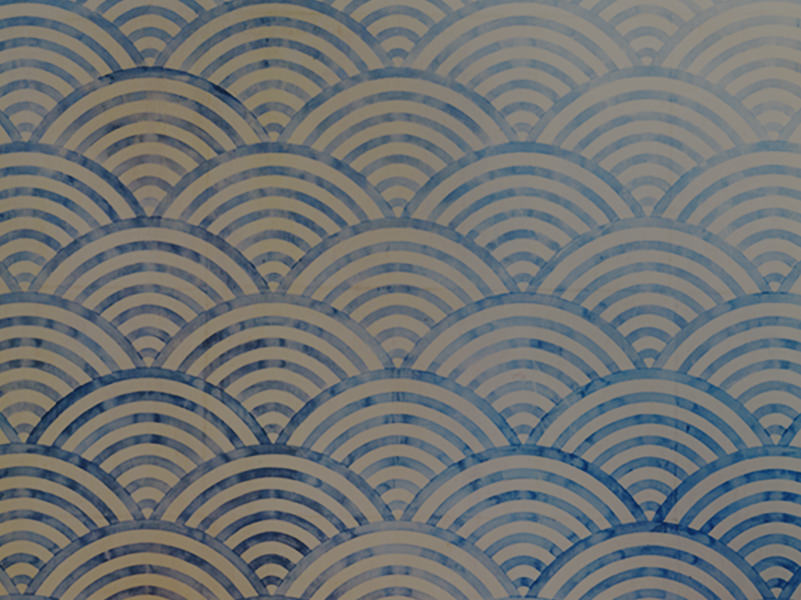
The seigaiha painted on the tokonoma (alcove) of the entrance is an auspicious design that imitates the waves of the ocean. This pattern was in fashion in the Edo period (1603 to 1868). It is said that the pattern of waves spreading out infinitely contains a wish for prosperity and peace that will last forever.
See details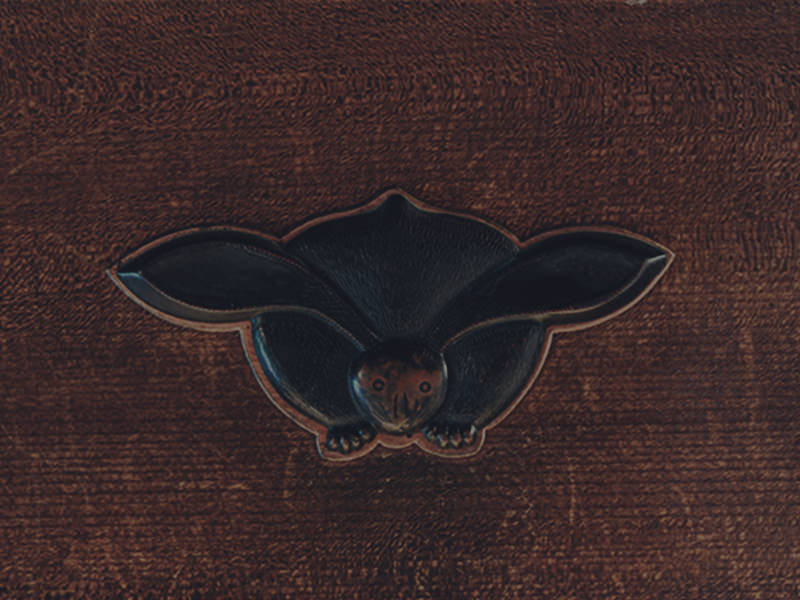
The mamuki rabbits are decorations to hide the heads of nails that have been hit into the nageshi in the rooms. Rabbits give birth to many children. Accordingly, it is said that this auspicious design also has the function of a talisman to protect buildings from fire.
* Nageshi: This is a component that is often seen in Japanese architecture. It is a component hit horizontally into the surfaces of pillars to connect them.
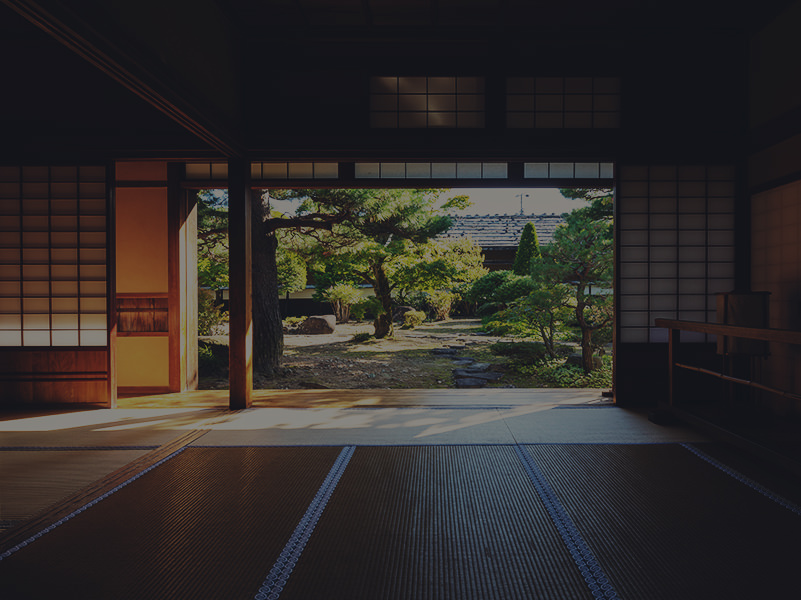
The arashiyama no ma is found in the official residence where the provincial governors/magistrates dispatched from Edo and their families lived. This room was used in the daily lives of the provincial governors/magistrates. A tearoom was established in the back
See details
The reception hall is a shoindzukuri (traditional style of Japanese residential architecture) room that was used for important annual events such as those at the beginning of a new year. It boasts the largest area inside Takayama Jinya with three rooms in connection that have a total size of 49 tatami mats. It is possible to enjoy a view of the garden that changes in each season through the porch.
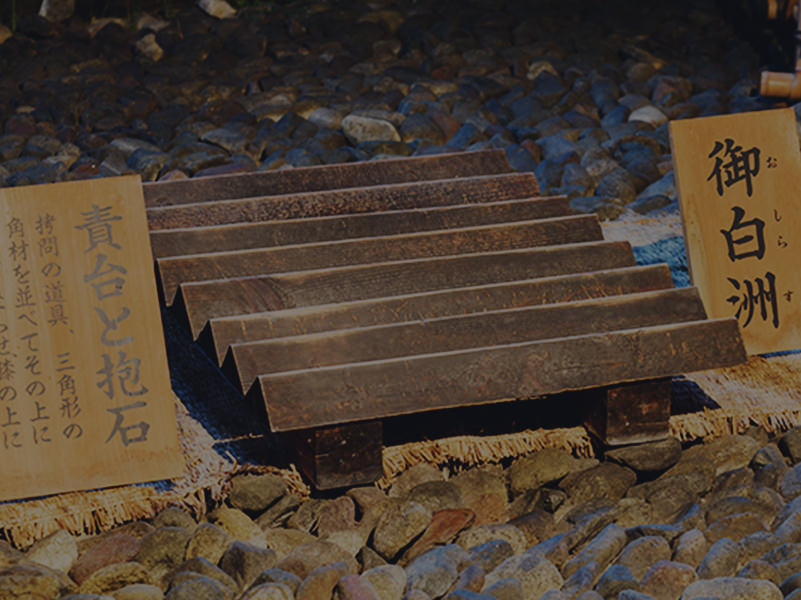
The oshirasu is a place where investigations were carried out and judgments were announced.
It is a room that served as a courtroom in trials.
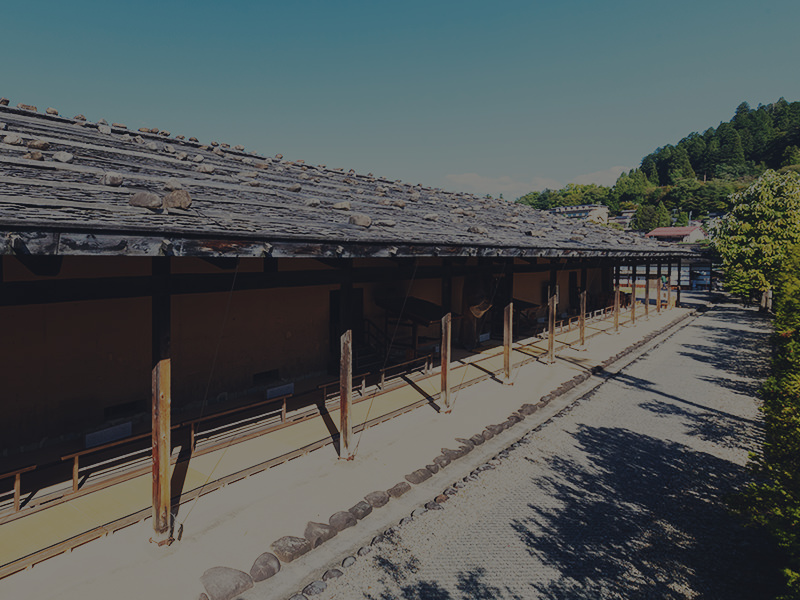
The onkura is a rice granary that stored the annual rice tax paid by neighboring villages. It was relocated from the sannomaru (outermost region) of Takayama Castle in 1695 shortly after Hida became a territory directly controlled by the Shogunate. The granary is believed to have been established around 1600 when sannomaru was built. It is one of the oldest and largest rice granaries (thick earthen wall storehouses) from the Edo period (1603 to 1868) still in existence in Japan.
See details
